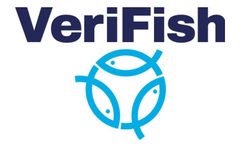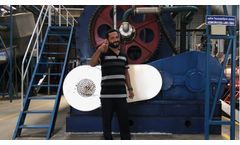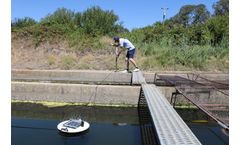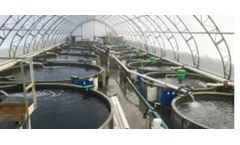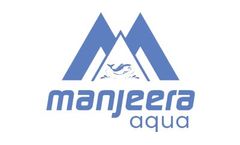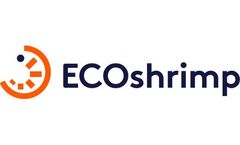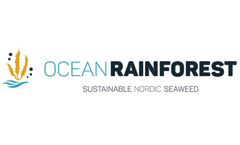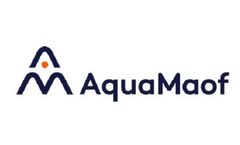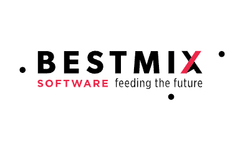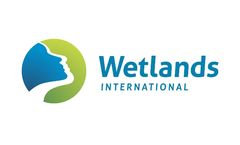Refine by
Sustainable Aquaculture Articles & Analysis
26 articles found
The project with the Thuwal Fishermen’s Association is aiming at transforming wild-catch fishermen into sustainable farmers. The project will start with the construction of 20 modern and sustainable marine cages, operated with solar energy and with waste extractors to protect coral reefs. About 50 fishermen will be trained as of December 2021 to work on the new operations. ...
Empowering consumers to make informed choices In the information age, making informed decisions should be straightforward. Consumers need information about sustainability and nutrient values, as well as provenance, and potential risks and benefits of the products they consume. However, when it comes to seafood consumption, the complexities of health benefits, sustainability, and climate impacts ...
ByEurofish
These manufacturers play a pivotal role in providing innovative and efficient solutions for fish meal production, contributing to the sustainability of the aquaculture and feed industries. In this article, we'll explore the expertise and offerings of leading fish meal machine manufacturers in China, highlighting their commitment to quality, reliability, and ...
Real-Time Data, Real-Time Control Deploying an Aquasend Beacon® is a great first step toward taking control of the water quality in aquafarm ponds and, by extension, the health of the fish. In order to have a successful farm you have to protect your most important asset: your water quality. Designed for outdoor aquafarm pond use, the Beacon measures dissolved oxygen (DO) and temperature (T), the ...
ByAquasend
As the global demand for seafood continues to surge, aquaculture has emerged as a vital solution to meet this growing need sustainably. ...
The end result one would expect is a sustainable industry with effective controls in place for minimizing the impact of disease on aquaculture. Although aquaculture has been practiced for a very long time it is only relatively recently that is has grown exponentially. ...
It has been determined that the advent of substrata for the improvement of biofilm withinside the aquaculture device play a big position. Biofilm organisms are microscopic and relatively nutritious. The organisms of biofilm can also additionally function unmarried mobileular protein and are effortlessly harvested through all length of cultured species in ...
A tale of two technologies Within the shrimp sector, when it comes to building a modern indoor shrimp farm, a choice must be made between the two main categories of closed aquaculture systems: clear-water recirculating aquaculture systems, and biofloc technology systems. ...
I firmly believe that aquaculture, when practiced sustainably, is an important part of the solution. ...
Probiotics used in the aqua environment is an increasing attempt to enhance water and pond/lake soil quality. Probiotics usually have a microbial and plant origin. The most commonly known probiotics belong to bacteria. You may be surprised to learn that bacillus probiotics are used as soil and water quality enhancer in ponds. However, aquaculture is a fast-growing industry to fulfill the demand ...
Seafood aquaculture is one of the fastest growing food production sectors, and there is a growing demand for organic farmed aquaculture products in many countries. Therefore, it is urgent to find alternative sustainable feed ingredients for aquaculture feeds to address these issues. ...
Shrimp are one of the most popular aquaculture species in the Philippines. Shrimp farming can be highly profitable, with higher harvest rates and relatively low production costs compared to other species when standardized, sustainable aquaculture approaches are followed. ...
Out of all existing aquaculture methods, Recirculating Aquaculture Systems (RAS), a land-based aquaculture technology, offers significant advantages. What is a Land-Based Aquaculture System? Growing fish in land-based aquaculture systems, in closed and controlled environments, reduces the risk of disease ...
Why Start a Fish Farming Business? Fish is a delicious and nutritious source of protein, rich in nutrients such as omega-3 fatty acids, which improve our heart health and lower blood cholesterol. Farmed fish play an important role in meeting global protein needs. The rise of fish in the home today opens up many lucrative opportunities. Home-raised fish can easily be sold nearby or around ...
But rising feed ingredient prices are beginning to have an impact on the sustainability of aquaculture. Here's a quick look at information recently published in FAO Fisheries and Aquaculture Technical Paper No. 541 and how their findings are impacting aquaculture. ...
ByBESTMIX
Early Sustainable Aquaculture Aquaculture traces its roots back thousands of years. Local farmers and fishers have cultured fish, mollusks, and crustaceans for generations, using traditional methods and local ingenuity to improve their living conditions through low-intensity aquaculture. Though these systems produced low yields, ...
ByVinnbio
Farming fish together with seaweed and other species could help improve the sustainability of aquaculture and reduce pollution. A new study provides a tool for designing sustainable fish farming systems and calculates their potential to recycle waste. ...
Shallow tropical coastlines harbour unique mangrove ecosystems, which support livelihoods and provide a natural barrier against coastal flooding. Non-sustainable land-use practices, such as large-scale clear cutting of mangroves for aquaculture, ground water withdrawal and alteration of river flows, result in rapid subsidence. The collapse of ...
Is sustainable aquaculture possible? Aquaculture is facing a new era of expansion in Europe. What are the environmental implications of this, and how can the sector expand sustainably? This Future Brief from Science for Environment Policy presents an overview of research into aquaculture’s impacts, and ...
Self-sufficient nation states in the middle of the ocean might be our ticket to a sustainable future. Oceans cover 71 percent of Earth’s surface, yet provide less than 2 percent of the food we eat. ...
ByEnsia


